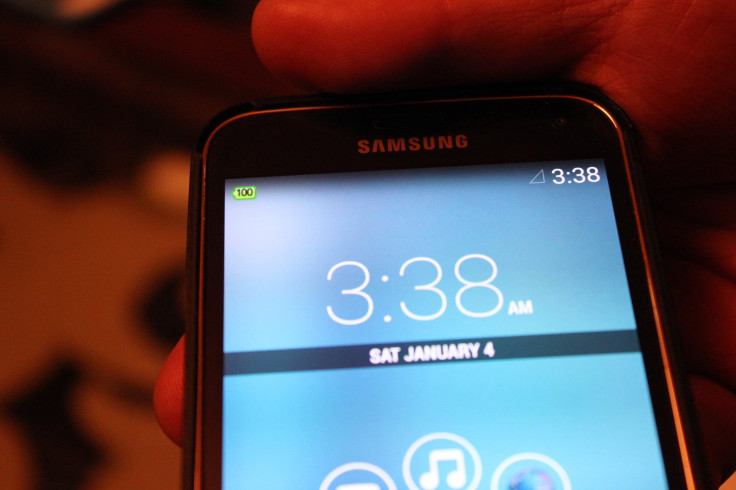Charge Your Smartphone In One Minute: New Battery Technology Is Safe, Durable, Quick Charging And Sustainable

A new battery technology has the potential to charge a smartphone in about one minute. The battery was developed by researchers at Stanford University and tackles many of the issues that affect current battery technology.
In addition to having an ultra-fast charging time, the battery technology is durable and long lasting. A prototype was developed by Stanford University chemistry professor Hongjie Dai and a team of Stanford students. Their findings were published in the April 6 edition of the publication Nature.
The battery is made of aluminium-ion and graphite cathode. The combination of these two materials to create a power source was discovered by accident, according to Dai. The materials come together in a pouch of ionic liquid electrolyte, which allows the battery to be flexible and a lot more durable than the standard lithium-ion batteries used in many electronics today. For example as smartphone makers experiment with curved and flexible devices. The aluminium-ion battery is also considered safer. “Our new battery won’t catch fire, even if you drill through it,” Dai said in a statement.
Another benefit of the aluminium-ion battery is its life cycle. The battery can last up to 7,500 charging cycles and still maintain its optimal performance, while a lithium-ion battery lasts up to 1,000 charging cycles.
Dai says the battery is an option for use in everyday electronics, with one caveat: The current power of the aluminium-ion battery prototype is about 2 volts, while lithium-ion batteries have power of about 3.6 volts.
“Improving the cathode material could eventually increase the voltage and energy density,” Dai said. “Otherwise, our battery has everything else you’d dream that a battery should have: inexpensive electrodes, good safety, high-speed charging, flexibility and long cycle life. I see this as a new battery in its early days. It’s quite exciting.”
© Copyright IBTimes 2024. All rights reserved.





















